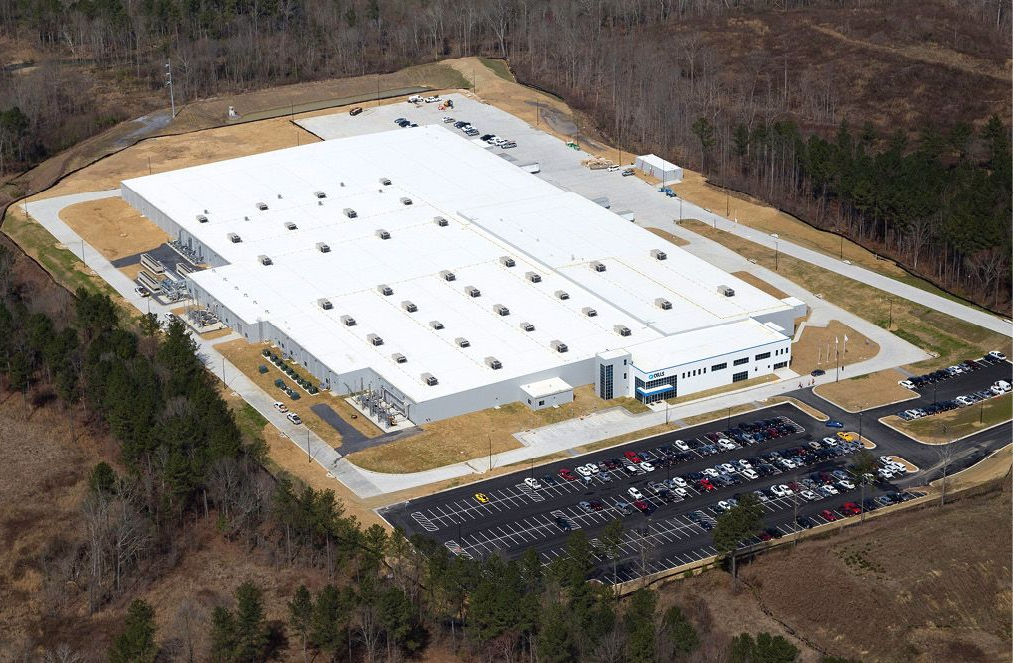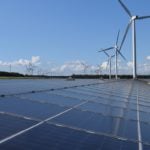Article content
“If you’re trying to do it as cheaply as possible, used is 1,000% the way to go,” Sajid says.
Article content
Going used also avoids sending working panels into the waste stream prematurely. The International Renewable Energy Agency estimates that the cumulative waste from photovoltaics will reach 4 million tons globally in 2030, and almost 50 million tons in 2040.
Article content
Panels typically have a warranty of 30 years, but many don’t reach their full lifespan before being replaced. Their manufacturing results in the same environmental impacts whether they’re in use for three years or three decades.
Article content
“Once you’ve manufactured a PV panel, extending its lifetime through reuse amortizes the sunk, or embodied, environmental impacts over more electricity generation, reducing the per kilowatt-hour impacts,” says Garvin Heath, principal environmental engineer at the National Renewable Energy Laboratory and an expert on lifecycle assessment of energy technologies.
Article content
Still, used modules aren’t for everyone or every project. There’s the obvious drawback of having to vet quality from a classified ad. Shipping panels from far away can cause costs to spiral. Low-wattage or damaged panels may have a tempting price but weak output, especially since panels’ efficiency declines slightly over time. And panels often represent just a fraction of the total cost of setting up solar. The other parts required — like an inverter, wiring and, in many cases, a battery — quickly add up.
Article content
Article content
New solar panels are already very cheap thanks to their abundance in the market, notes BloombergNEF analyst Jenny Chase. Modules are typically designed to be set up and left alone, she says, and manipulating them could put stress on them.
Article content
SanTan’s Thatcher says that depending on the use, people may be better off investing in brand-new panels to maximize the amount of energy captured.
Article content
“If people are looking at putting on a new solar array on their home that they want to have for 30 years, then I usually still recommend new panels,” he says. Federal tax credits can help lower the cost.
Article content
An average US household needs about 11 kilowatts to cover its electricity usage, and a system of that size with new panels typically costs around $20,500 to install after federal tax credits, according to data from EnergySage. The average time it takes to make that back in utility-bill savings is just over seven years.
Article content
After setting up his e-bike charger, Sajid says he’s shopping for new panels for his home, to maximize the amount of energy he can produce. But he still sees advantages to using secondhand ones in certain situations. For example, they’d be a good fit for his in-laws’ off-grid cabin in the mountains, he says, to meet basic electricity needs.
Article content
Dabney has been telling other Burning Man enthusiasts about his DIY cooling system and referring them to Craigslist and Facebook Marketplace for used panels.
Article content
“Having an affordable, free energy generator, I think, is really cool,” he says.
Article content
This story is part of Bloomberg Green’s spring cleaner tech package exploring the money, politics and people shaping the energy transition. Read our other coverage:
Article content
Big Bets on Speculative Carbon Capture Tech Ignore Today’s Solutions Trump Throws the Electric School Bus Transition Into Chaos Why Homeowners Choose Heat Batteries Over Heat Pumps Article content
https://financialpost.com/pmn/business-pmn/used-solar-panels-sold-on-facebook-and-ebay-have-cult-following





